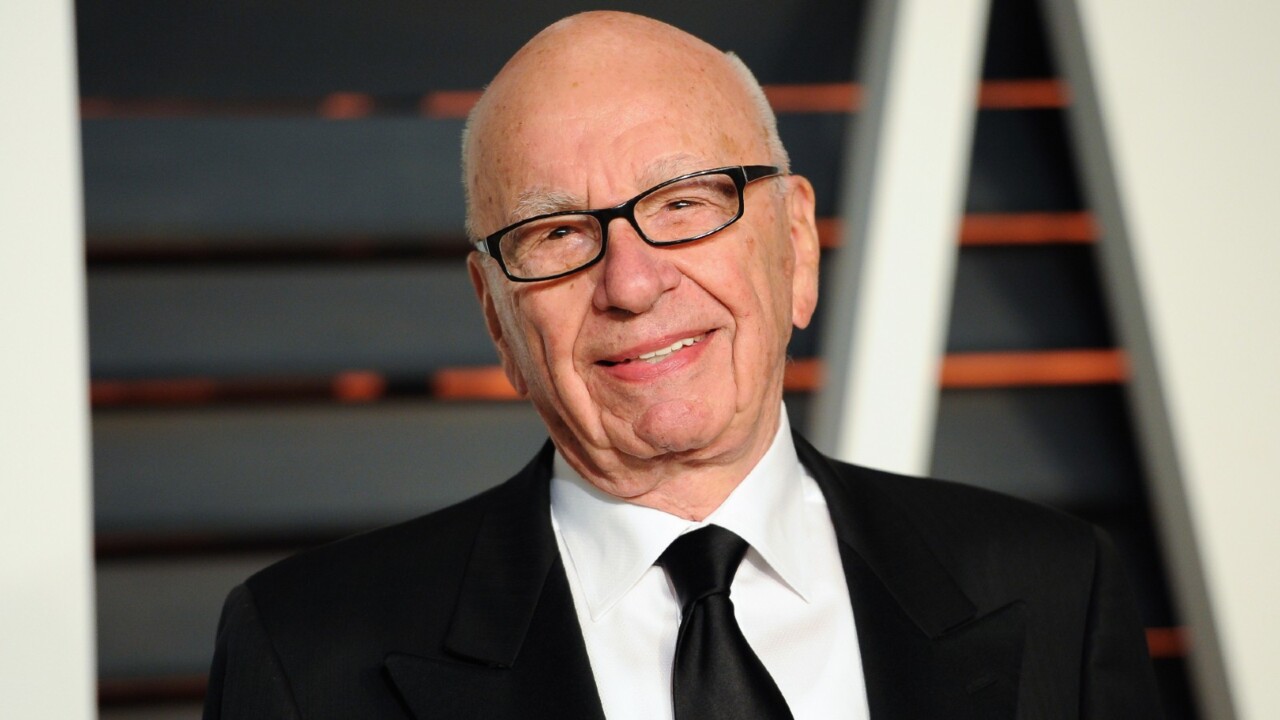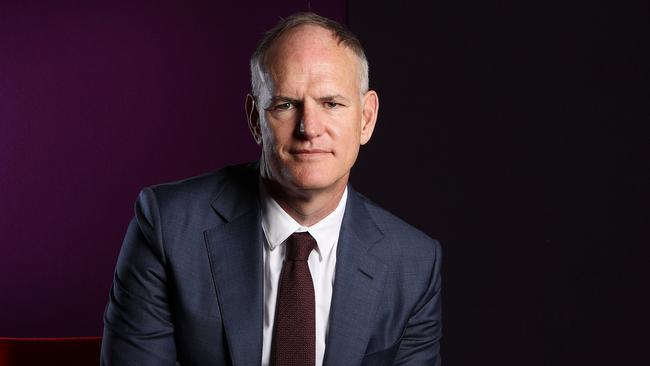News Corp Australia boss Michael Miller says audience reach surging for company’s trusted brands
News Corp’s most senior executive in Australia says despite attacks from activists and former prime ministers, the audience reach is surging for the company’s trusted brands.

Australia’s mainstream media companies have gone from an existential crisis a little more than a decade ago to a robust future backed by trusted brands and growing audiences.
News Corp Australasia executive chairman Michael Miller told the QUT Business Leaders’ Forum on Wednesday that in 2010 Amazon, Google and Facebook were starting to dominate the media landscape. “Speaking candidly, at this point we didn’t know if we had a future,” said Mr Miller, whose media career started in the 1990s as an advertising salesman on Countdown Magazine. “I’m here today however to say that the future of Australian news media is clear. It is robust and flourishing.”
Mr Miller said that last year News Corp in Australia passed the one million paid subscriber milestone with 40 per cent of its revenue now coming from digital operations.
He said that over the past two years despite the attempts “by activists, former prime ministers and our competitors,” News Corp had increased its total monthly audience from 16.4 million Australians to 18.1 million.
“They are turning to us in record numbers because they trust us,” Mr Miller said.
In Queensland, News Corp titles led by The Courier-Mail connect with 85.3 per cent of the state’s population each month – or 3.7m people.
“Our digital revenue has grown 42 per cent over the past two years and last year financially was our most successful year in over a decade,” he told the forum. “And yes we still publish newspapers – last week we sold over three and half million copies.”
He said that following commercial deals with tech giants, News Corp was now harnessing the reach of social platforms such as Facebook and YouTube.

“It’s a change that treats us as genuine commercial participants and partners in the digital marketplace with protection, fairness and a level playing field,” Mr Miller said.
“We now have partnerships with Meta, YouTube, Apple and Google and work with them in various ways. After YouTube, we are the second-largest video network in Australia with 80 million views per month. We also are Australia’s fourth-largest podcast publisher with 1.9 million listeners each month, a 35 per cent increase on the previous year.” This included podcasts from The Australian’s award-winning journalist Hedley Thomas.
Mr Miller said people were now turning back to trusted media brands including The Courier-Mail and The Australian for information and news.
“Our brand trust is on the rise,” he said. “People have seen the impact of mistrust on social media as a source of misinformation, political polarisation and a general concern about its social purpose. At News Corp we have doubled down on purpose.”
Mr Miller pointed to recent campaigns by The Courier-Mail on youth crime, compulsory swimming lessons for children and surgery waiting lists as examples of media pressure influencing public policy in a positive way.
He said a constant in his career had been unwelcomed disruption, noting Countdown, his first job in the media, was considered the Spotify of its era because it used complicated algorithms to report the most popular songs of the week.
“News Corp – or News Ltd as it was then – was primarily a newspaper business. But even then our industry was experiencing the first impacts of disruption. In the mid-90s, we started experiencing attacks on our classified revenues from Seek, carsales.com.au and realestate.com.au. In 1995, Match.com began taking our personal ads, the same year that eBay was launched.
“Unplanned change has been my companion as the media landscape has experienced unseasonal droughts and cyclones over the past 30 years. Managing and maximising this disruption is now the hallmark and skill set of successful media organisations.”




To join the conversation, please log in. Don't have an account? Register
Join the conversation, you are commenting as Logout